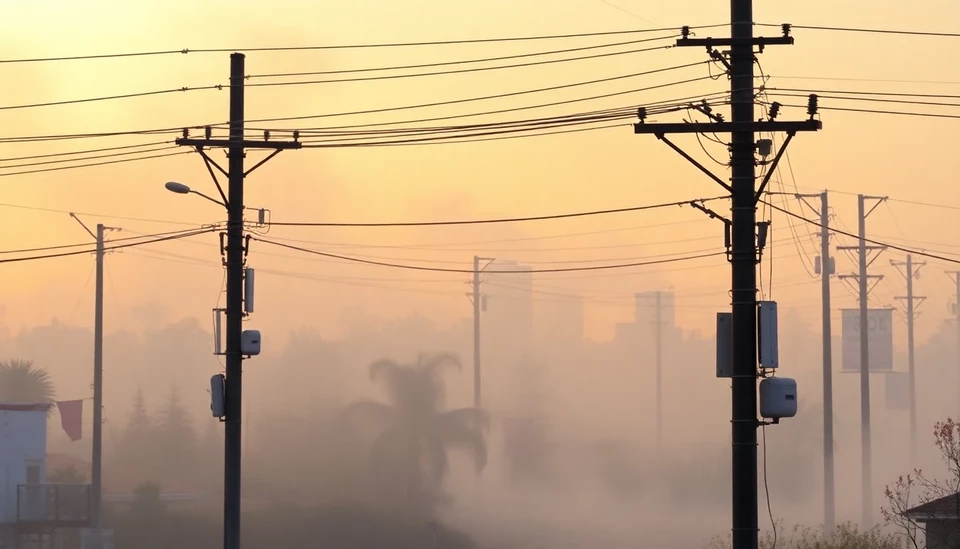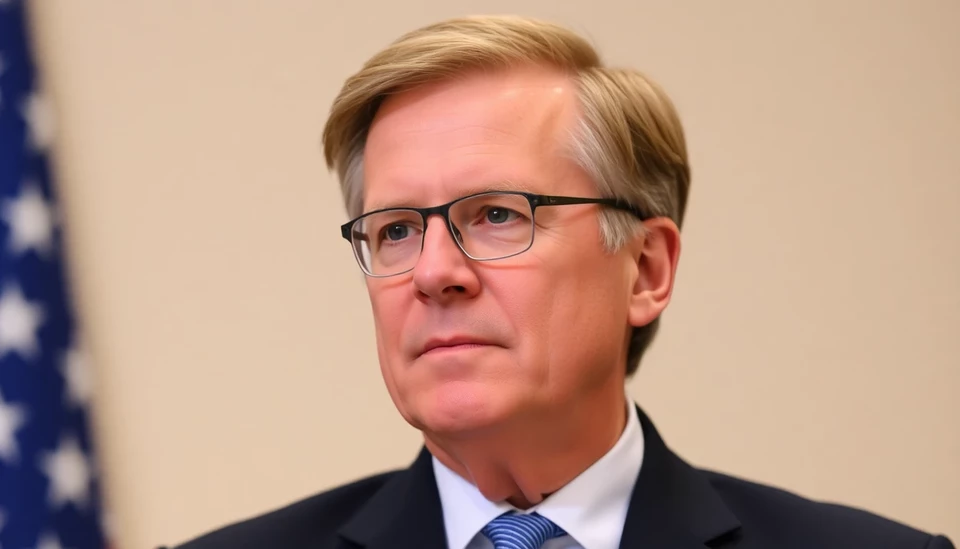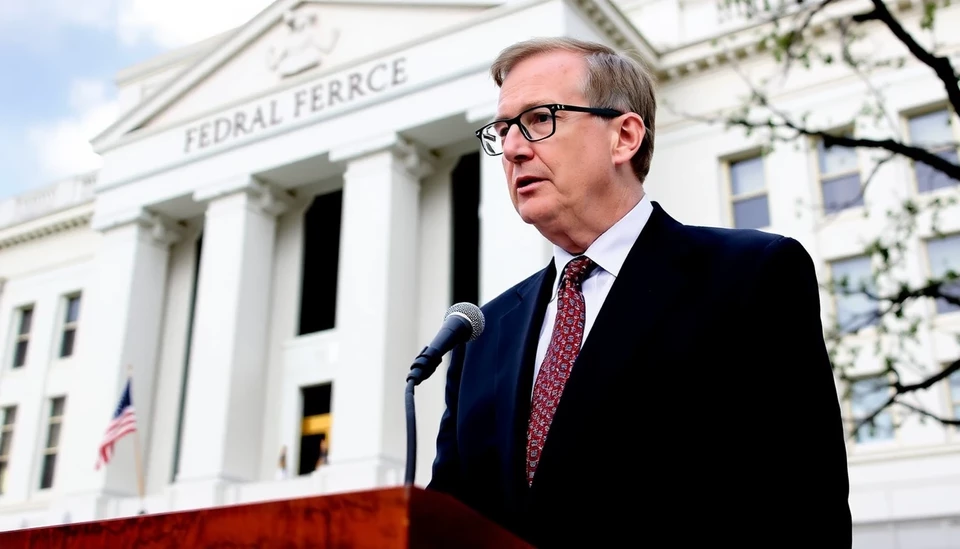
The recent wildfires in Los Angeles have sent tremors through the financial stability of the Los Angeles Department of Water and Power (LADWP), forcing the utility to confront significant challenges ahead as they navigate the implications of this disaster on their bond market. The catastrophic fires not only threaten the environment and communities but also the fiscal health of what is already a vulnerable sector in California.
Traditionally, utility bonds remain relatively insulated from market fluctuations triggered by natural disasters. However, the current wildfire crisis has stirred investor sentiment, as the threat of escalating costs and increasing regulatory scrutiny leads to uncertainty. The realities of climate change are realigning investor expectations, prompting a reevaluation of the risks associated with municipal bonds, particularly for utility providers like LADWP.
The LA fires are pushing city officials and utility managers to intensify their focus on financial planning and risk management. With the urgency to maintain operational integrity during ongoing fire incidents, LADWP's ability to respond is being tested. In an environment where outages can lead to immense financial losses and rehabilitation costs, it remains critical for LADWP to bolster its infrastructure while managing its bond obligations effectively.
Industry analysts are keenly observing that the wildfires could potentially affect LADWP’s credit rating due to the heightened operational risks. As bond prices fluctuate, there is a growing concern that long-term investments could be at stake. While the fires rage on, the utility's management is caught in a balancing act, striving to maintain reliable services while contending with infrastructure needs that could run into billions.
On the one hand, LADWP has had a reputation for its resiliency in handling crises, but this emerging landscape brings a new set of challenges. Questions about firefighting preparedness, resource allocation, and customer support amidst wildfires now loom larger than ever. Facing stringent regulations and the demand for sustainable solutions, the utility is looking to adapt both its strategies and its financial approach to come out of this ordeal stronger.
Moreover, the consequences of the fires extend beyond immediate financial considerations. The cultural and socioeconomic impacts on the affected communities only compound the pressure on LADWP to act decisively. There is an increasing demand for transparency and accountability in how utility services respond to climate-related events, which can no longer be disregarded by stakeholders.
As the LADWP prepares to enter a pivotal period, they will need to craft a compelling narrative to investors that outlines a clear path forward. Addressing these pressing concerns may require innovative solutions and financial instruments, which could redefine how municipal utilities communicate their value to the bond market amidst evolving risks.
In conclusion, the LA fires are not merely a local crisis but a critical juncture for LADWP and its stakeholders. Senior management must take comprehensive measures to ensure public trust while strategically addressing its fiscal vulnerabilities. The coming months will be crucial as the utility navigates these uncharted waters, balancing immediate operational needs with long-term financial health.
#LADWP #LosAngelesFires #UtilityBonds #ClimateCrisis #MunicipalFinance #WildfireImpact
Author: Peter Collins




